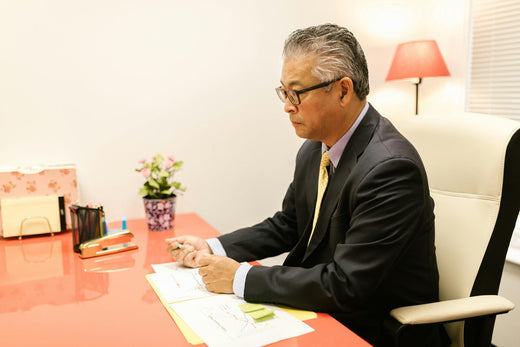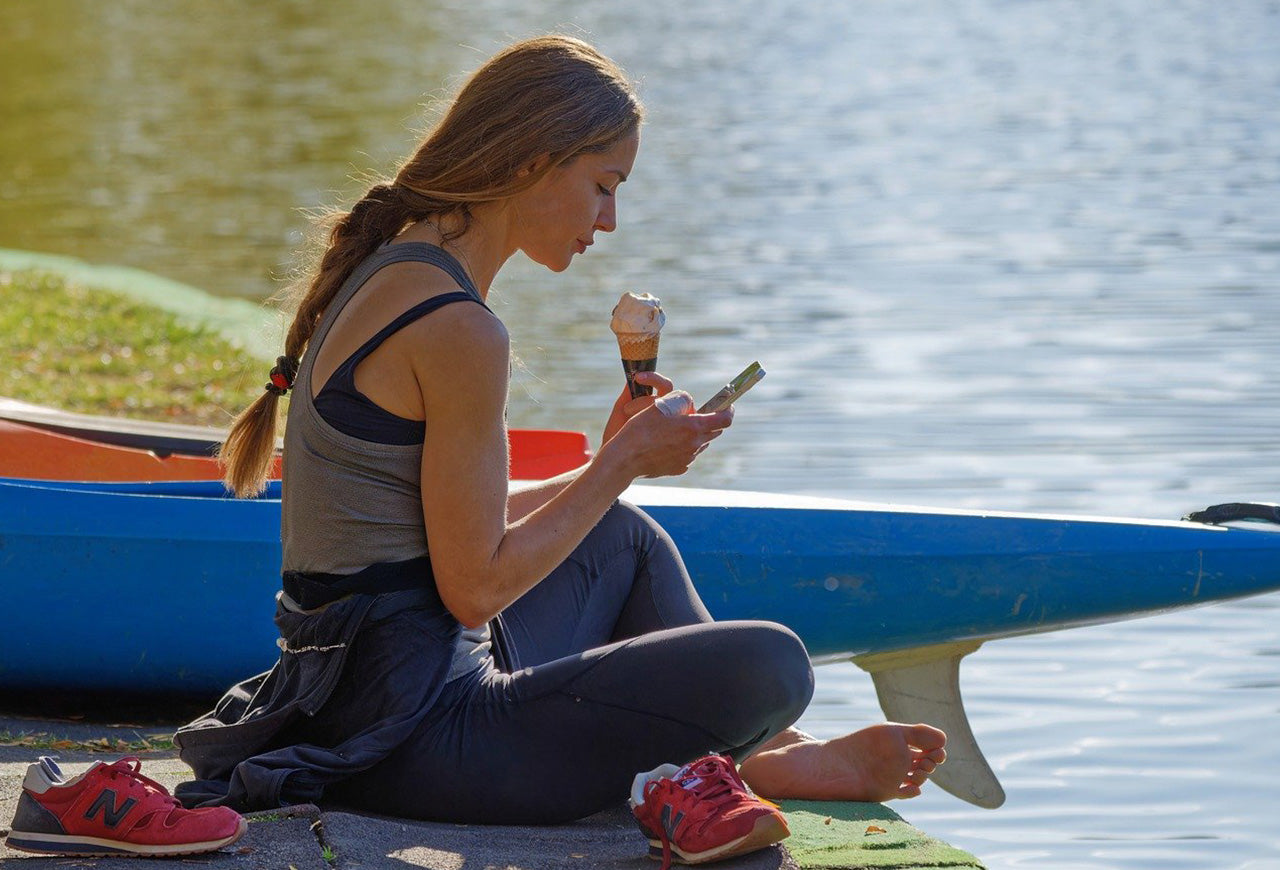“What do physiotherapists consider to be the best sitting spinal posture?”1 is the promising title of a paper published by a group of physiotherapists from Ireland, Australia, and Belgium. Because we all spend so much time sitting knowing what the optimal seated posture is would be immensely useful, so they had me at the title. And it wasn’t just me: this paper has been cited by 175 other academic authors since its publication.
Unfortunately, the surprising conclusion of this paper is that physiotherapists can’t agree on the best seated posture. How is that possible?
The problem wasn’t a technical problem with the study. It was well designed and adequately powered. The idea was to show a photograph of a single subject displaying 9 different seated postures and tabulate the responses of 295 physiotherapists. A design so simple it seemed nothing could go wrong. But the physiotherapists couldn’t agree among themselves on a best posture.

Interestingly, the physiotherapists could agree on what bad posture looks like. In the matrix of nine possible postures reproduced above, postures 1,3,6,7, and 8 were each selected by only about 1% of physiotherapists as “best”, and postures 2 and 4 were selected by only about 5% of physiotherapists as “best”. So, there was clear consensus about what bad seated posture looked like.
The problem was that the physiotherapists split their votes 35% to 55% for postures #5 and #9 respectively, seemingly unable to agree on the importance of avoiding thoracis kyphosis (“hunchback”, posture #5) versus maintaining a normal lumbar lordosis (posture #9). But they do seem to prioritize maintaining lumbar lordosis (55%) over avoiding kyphosis (35%).


Because maintaining the normal low back lordotic curve and avoiding hunching over in the thoracic spine are both important it’s not surprising that the physiotherapists seemed to “disagree”. The problem was actually with the way the question was posed, because none of the presented postures was optimal. When asked “Would you rather be blind or deaf?” the correct answer really is “Neither!”, but the physiotherapists were forced to choose between blind or deaf; “neither” wasn’t an option.
The intriguing question is why didn’t the authors of this study provide an obviously correct posture among the 9 choices presented to the physiotherapists? This turns out to be a very illuminating line of inquiry, and the first clue appears in the methods section of the paper the authors state “(the model’s) knees and ankles were positioned at 90, with her wrists positioned palms-downward on her thighs.” (page 433). Geometry, however, requires that when the knees and ankles are positioned at 90 degrees the hips also be at 90 degrees. And unfortunately, anatomy dictates that the hips can only flex to 130 degrees. So, forcing the hips to appear to flex to 90 degrees requires that the pelvis rotate posteriorly, erasing the lumbar lordosis.
This relationship between the lumbar lordosis and pelvic positioning has been understood at least since 1953 when Keegan 2 demonstrated that sitting in a 90-90-90 position significantly reduced lumbar lordosis compared to standing. The anatomic necessity of this relationship is nicely shown in an illustration from Galen Cranz 1998 classic, The Chair: Rethinking Culture, Body, and Design3. Note that as the knees are lowered to 135 degrees, the psoas muscle tensioned by the descending femur pulls on the lumbar vertebrae, reestablishing the normal lumbar lordosis that one sees in a standing posture.

So, anatomy actually shows us how to avoid kyphosis and retain lordosis while sitting. One needs simply to lower one’s knees well below one’s hips.
Unfortunately, it can be difficult to lower one’s knees in standard “ergonomic” chairs which assume a “90/90/90” degree posture and so attempt to enforce the natural lumbar lordosis with external pressure from the “lumbar support” included in the back rest.
No, to actually regain one’s normal lumbar lordosis it is essential to raise one’s chair to lower one’s knees, and avoid the “support” provided by the backrest, armrests, and especially the lumbar support that have become fixtures of modern “ergonomic” chairs. I’ve appended to the end of this essay a brief summary of a full-on hack of one’s ergonomic office chair that allows for balanced sitting and so regain a normal lumbar lordotic curve in the lower spine.
So, it seems the physiotherapists are really doing the best they can, but are laboring under formidable constraints imposed by the office chair industry that provides chairs that make sitting with good posture difficult, indeed almost impossible. What’s really needed is an entirely new approach to furniture design that works with our internal skeletal support structure rather than imposing an idealized posture using external supports. Your skeleton is already evolved for perfect posture. You just need to let it do its job instead of forcing it into artificial positions with “ergonomic” supports.
In short, the best solution isn’t forcing your body to conform to the dictates of furniture. Rather, we should try to design furniture that works with the body’s natural mechanics. Some companies (CoreChair, MiShu, Swopper, QOR360) already make such chairs, but that’s a topic for another day.
But it is an important topic. Indeed, the authors of “What do physiotherapists consider to be the best sitting spinal posture?” acknowledge this in the discussion section of their paper: “… the ability to vary posture easily and regularly may be as important as maintaining any specific postural angle.” It seems the best posture may just be an emergent, constantly changing, arrangement of the whole body. Just the sort of thing we might expect from a living, breathing organism.

1 What do physiotherapists consider to be the best sitting spinal posture?
2 Alterations of the lumbar curve related to posture and seating
3Cranz, Galen. Chair: Rethinking Body Culture And Design. United Kingdom, WW Norton, 1998.





Leave a comment
All comments are moderated before being published.
This site is protected by hCaptcha and the hCaptcha Privacy Policy and Terms of Service apply.